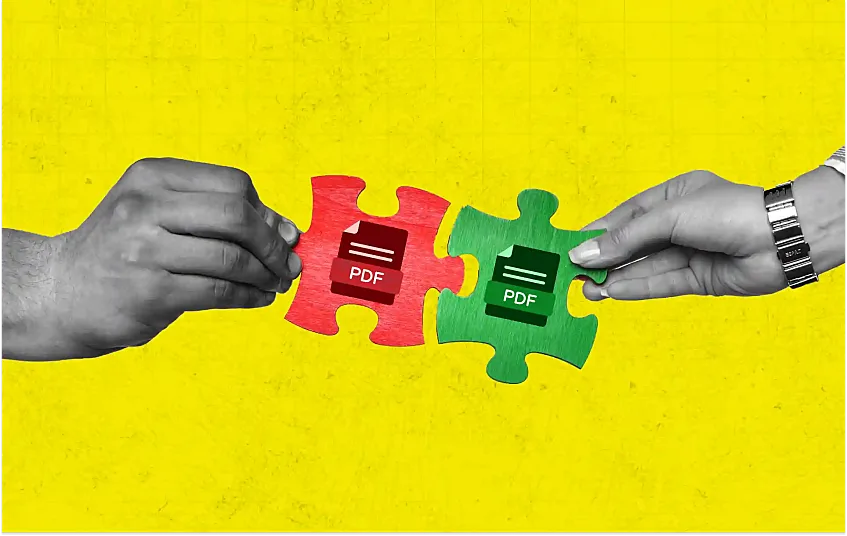Savor Every Bite on Passover's Last Night with the Best Cooking Apps
Wrap up Passover with the perfect blend of taste and tradition using the top cooking apps. Bake, cook, and celebrate with these apps for Android and iOS users.

Managing documents effectively is important for both professionals and other users. Whether you are consolidating financial reports or academic papers, combining PDF files is a common task that you might come across. Knowing the
To help navigate through technology with ease and make better-informed decisions.



The Complete Process of 3D Character Game Design and More
By Sofia Hoffmann Content Writer, Room8Studio
The India Way: 7 Cultural Insights for Successful Collaboration in the Land of Diversity
By Sheetal Kale Managing Director and Head, DataArt R&D India

Subscribe Now to our no-spam newsletter.